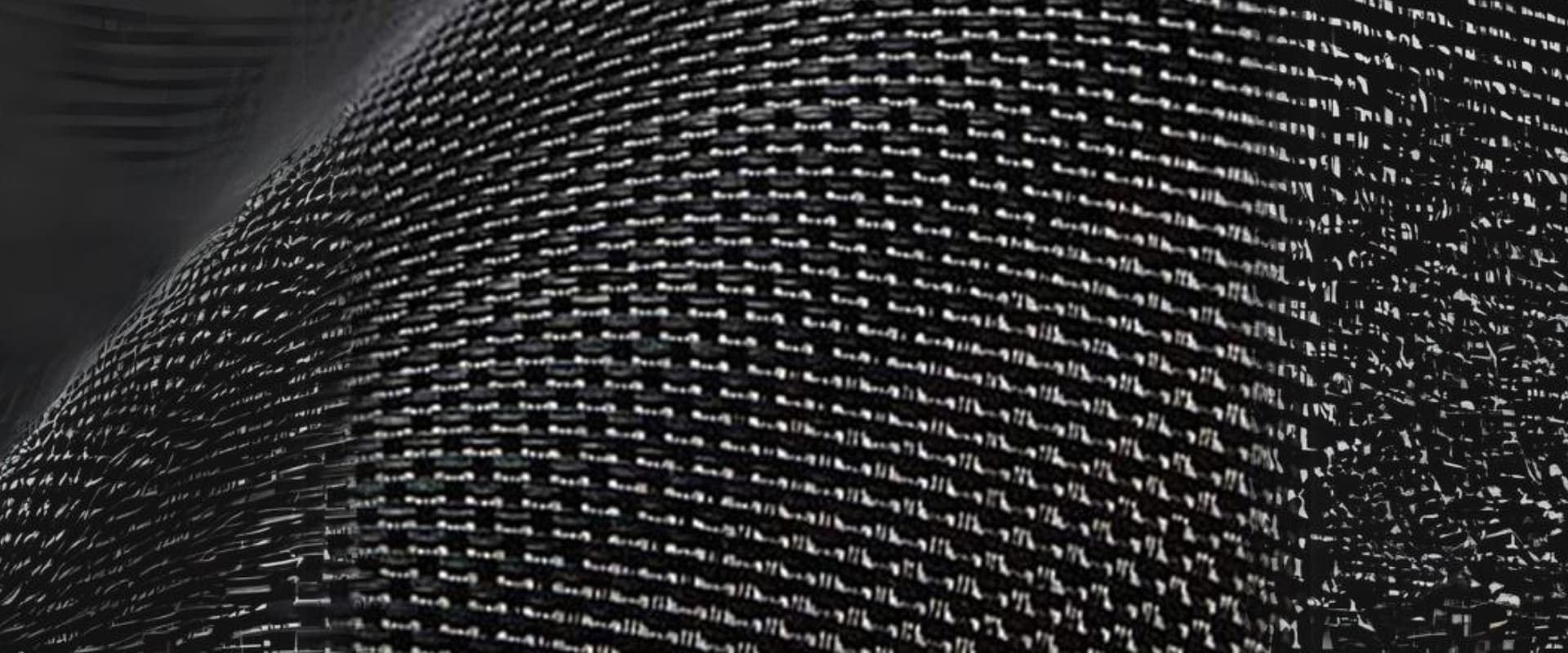Abstract
Geotextiles, vital in civil engineering, offer benefits in soil stabilization, drainage, and erosion control. Initially derived from existing textiles, they evolved with manufacturing advancements, now tailored for specific needs in roadway construction and civil projects.
Blog
Geotextiles have indeed become widely used in various civil engineering and construction applications, offering a range of benefits related to soil stabilization, drainage, filtration, and erosion control. The development of geotextiles has evolved, and as you mentioned, they were initially derived from existing textiles readily available in the market, such as carpet backing and upholstery fabric. Over the years, advancements in manufacturing techniques and the availability of specialized materials have led to the modification and improvement of geotextiles to better suit the needs of roadway construction and other civil engineering projects.
The terms "woven," "nonwoven," and "geotextile" refer to different types of materials and structures, especially in the context of civil engineering and geotechnical applications. Here's a breakdown of the differences between woven, nonwoven, and geotextile:
| Characteristic | Woven Geotextiles | Nonwoven Geotextiles | Geotextiles (General) |
|---|---|---|---|
| Structure | Interlaced fibers with a traditional weave pattern. | Bonded or felted fibers without a regular weave pattern. | Encompasses both woven and nonwoven materials for geotechnical use. |
| Manufacturing Process | Weaving of warp and weft yarns. | Bonding or felting of synthetic fibers. | Various processes, including weaving and nonwoven techniques. |
| Tensile Strength | Generally high due to the woven structure. | Variable, depending on the manufacturing process. | Variable, depending on the specific type and application. |
| Permeability | Moderate permeability due to the weave pattern. | Greater permeability, allowing water flow through the fabric. | Depends on the specific type and purpose of the geotextile. |
| Durability | Good resistance to installation damage. | Generally softer and more pliable. | Depends on the specific material and manufacturing method. |
| Applications | Reinforcement and stabilization in road construction, retaining walls, etc. | Filtration, drainage, separation, protection in road construction, landfills, etc. | Wide range of civil engineering projects for soil improvement. |
In summary, the application of geotextiles has expanded significantly, driven by the need for effective and sustainable solutions in civil engineering. Manufacturers continue to innovate, providing materials with enhanced properties to meet the evolving challenges in construction projects.



